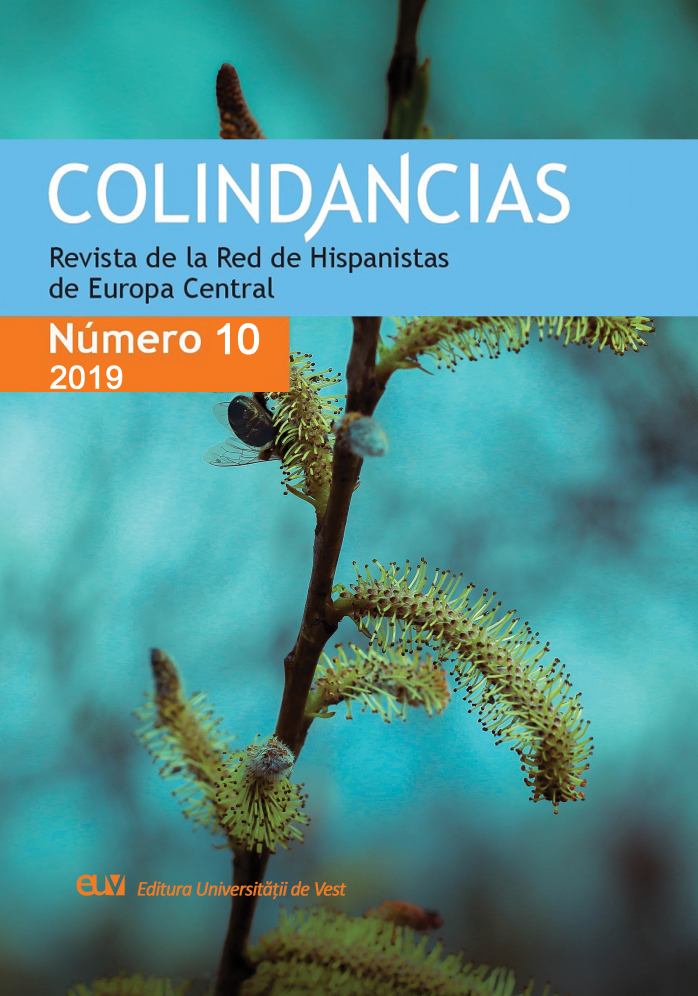El paso del amor cortés
al neoplatónico: claves de lectura de
Cárcel de amor de Diego de San Pedro
From courtly love to Neoplatonism:
keys for reading Cárcel de amor
by Diego de San Pedro
Author(s): Silvia-Alexandra ŞtefanSubject(s): Language and Literature Studies, Fiction, Other Language Literature, Philosophy of Middle Ages, Renaissance Philosophy
Published by: Editura Universităţii de Vest din Timişoara
Keywords: Renacimiento español; neoplatonismo; amor cortés; novela sentimental; Diego de San Pedro;
Summary/Abstract: Resumen: El presente estudio se propone presentar una síntesis didáctica destinada a profesores de literatura española medieval y renacentista en torno a Cárcel de amor, obra en la que confluyen las corrientes de la teoría amorosa que estaban vigentes en la época de su creación: el amor cortés, el petrarquismo y el neoplatonismo humanista en sus albores. La premisa de la cual partimos es que los Cancioneros castellanos permitieron la configuración de un corpus textual en el que el amor humano comienza a emplear expresamente el lenguaje religioso. Se trata de unas convenciones artificiales del género que encubren una actitud reverente haciala realización de un amor puro y perfecto. Según apunta Alexander Augustine Parker, la diferencia esencial entre la poesía que canta el placer sexual del amor caballeresco y la que celebra el deseo no realizado en el amor cortés radica justamente en que la última emplea un código poético muy similar al amor sagrado. Por su parte, Keith Whinnom apunta hacia la imposibilidad, como es lógico, de que se haya conservado íntegramente en la época en que escribe Diego de San Pedro la filosofía del amor cortés tal y como se había definido doscientos años antes, en la época de los trovadores. Abstract: The current study aims to present a synthesis of didactic content for Medieval and Renaissance Spanish literature teachers focused on Cárcel de amor, a major work of the 15th century which can be read as an amalgam of the love theory trends that were available at the time: courtly love, Petrarchism and Humanistic Neoplatonism at its dawn. Our primary premise is thefollowing: Spanish Cancioneros allowed the configuration of a corpus of texts in which human love begins to expressly employ religious vocabulary. It refers to a series of artificial conventions of the genre, which enclose a reverent attitude towards the realization of pure and perfect love. According to Alexander Augustine Parker, the essential difference between the poetry that chants the sexual pleasure of chivalry love and the poetry celebrating the unfulfilled desire in the courtly love consists precisely in the fact that the latter employs a poetic code that is very similar to the sacred one. Keith Whinnom, for his part, points out to the impossibility of the courtly love philosophy to have been preserved entirely since the epoch of troubadours.
Journal: Colindancias - Revista de la Red de Hispanistas de Europa Central
- Issue Year: 2019
- Issue No: 10
- Page Range: 265-280
- Page Count: 15
- Language: Spanish

